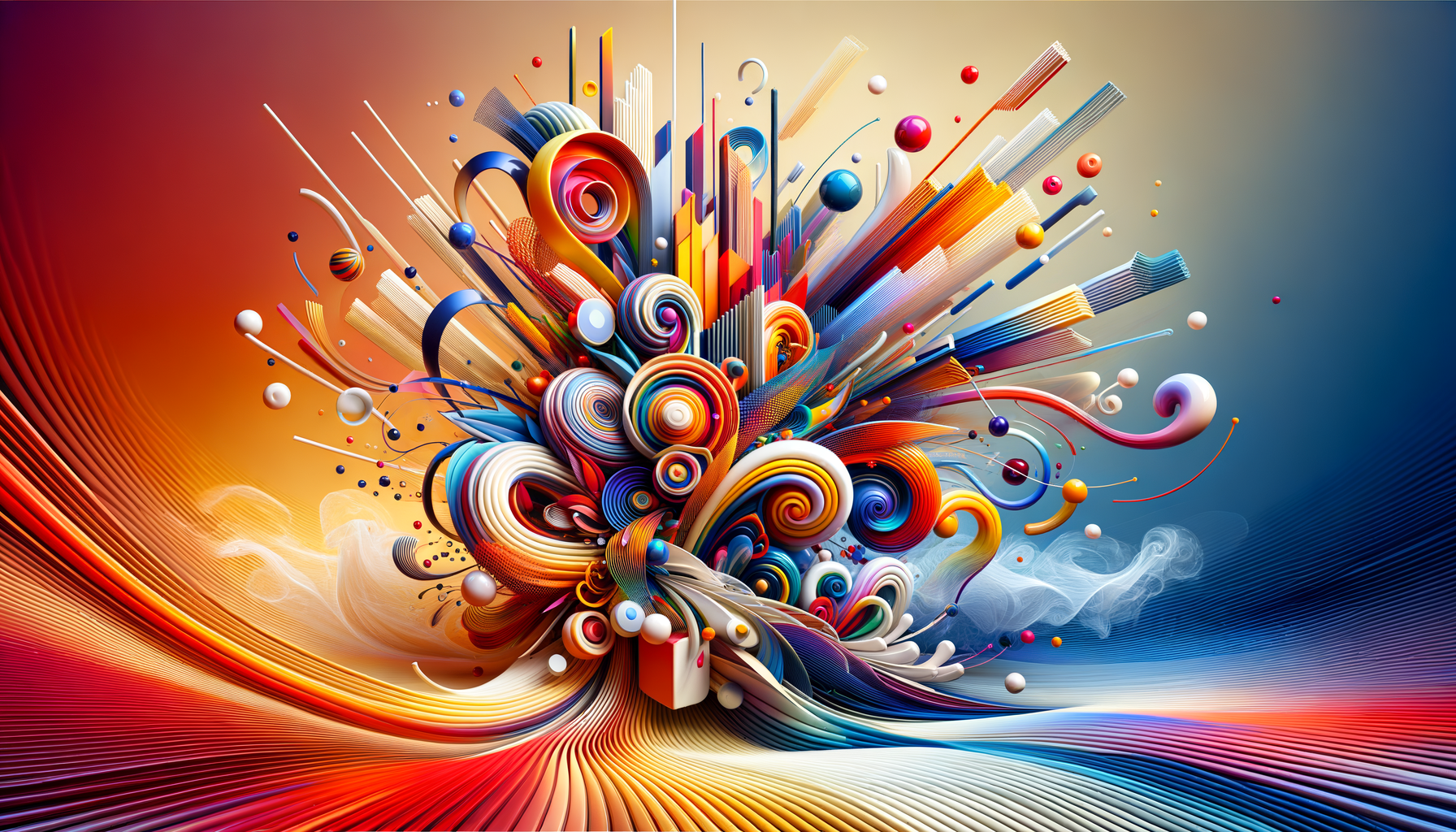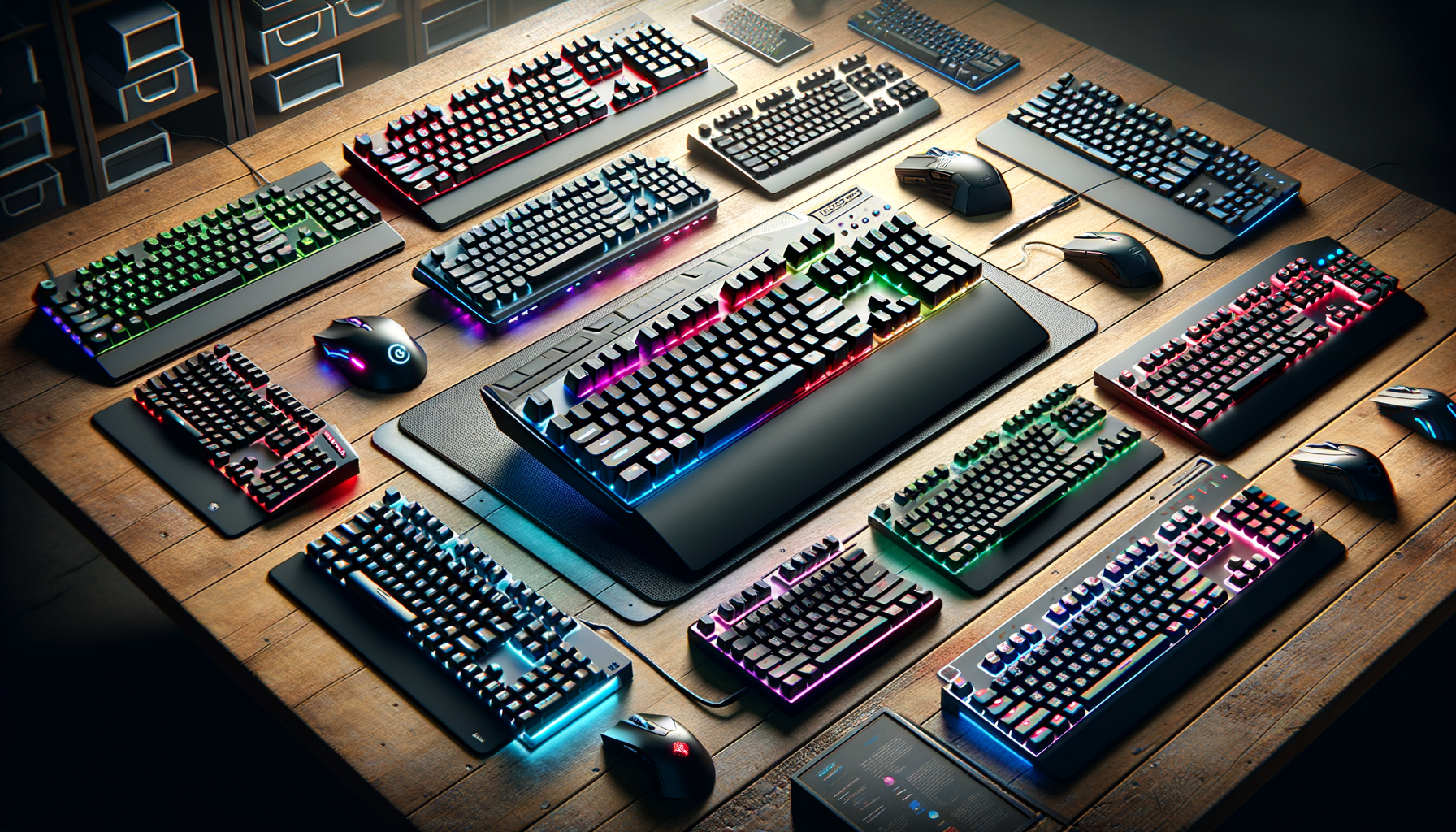The Power of Visual Impact
In a world saturated with information, capturing attention is more crucial than ever. Eye-catching designs have the power to communicate messages quickly and effectively, making them invaluable in various fields such as marketing, branding, and interior design. These designs are not just about aesthetics; they are about creating a memorable experience that resonates with viewers.
Visual impact is achieved through a combination of elements such as color, typography, and composition. Bright, contrasting colors can draw the eye, while unique typography can convey a brand’s personality. Composition, or the arrangement of these elements, plays a significant role in guiding the viewer’s gaze and emphasizing key messages. By strategically combining these elements, designers can craft visuals that not only attract but also retain attention.
Moreover, the psychological effects of design cannot be underestimated. Colors, for instance, can evoke emotions and influence perceptions. Red might convey urgency, while blue can suggest trust and reliability. Understanding these nuances allows designers to tailor their work to specific audiences and objectives, ensuring that the design’s impact is both immediate and lasting.
Key Elements of Eye-Catching Designs
Creating an eye-catching design involves mastering several key elements. These include color, typography, imagery, and layout. Each element contributes to the overall effectiveness of the design and can be manipulated to achieve the desired impact.
- Color: Colors can set the tone and mood of a design. They have the power to evoke emotions and create associations. For instance, warm colors like red and orange are often used to grab attention and convey energy, while cooler colors like blue and green can create a sense of calm and trust.
- Typography: The choice of fonts can significantly affect a design’s readability and aesthetic appeal. Bold, unique fonts can make a statement, while classic, clean fonts can enhance readability and professionalism.
- Imagery: High-quality images can captivate an audience and effectively communicate a message. Whether it’s a photograph or an illustration, imagery should be relevant and enhance the overall design.
- Layout: The arrangement of elements within a design affects how information is perceived. A well-structured layout guides the viewer’s eye and highlights the most important aspects of the design.
By understanding and effectively combining these elements, designers can create visuals that are not only aesthetically pleasing but also functional and impactful.
Applications in Marketing and Branding
Eye-catching designs are particularly vital in marketing and branding. In these fields, the primary goal is to capture attention and convey a brand’s message quickly and effectively. Whether through advertisements, packaging, or digital media, strong visuals can significantly influence consumer behavior and brand perception.
In marketing, designs that stand out can increase engagement and conversion rates. For example, a well-designed advertisement can entice viewers to learn more about a product or service. Similarly, in branding, a unique visual identity can differentiate a brand from its competitors and foster brand loyalty among consumers.
Furthermore, the rise of digital media has amplified the importance of eye-catching designs. With the growing use of social media and online platforms, brands must create visuals that are not only appealing but also shareable. This has led to the increasing use of dynamic content such as videos and interactive graphics, which can engage audiences more effectively than static images.
Ultimately, in both marketing and branding, the ability to create compelling designs that resonate with audiences is a key factor in achieving business success.
Innovative Trends in Design
The field of design is constantly evolving, with new trends emerging that push the boundaries of creativity and innovation. Staying updated with these trends is essential for designers seeking to create eye-catching works that remain relevant and effective.
One notable trend is the use of bold, vibrant colors. Designers are increasingly experimenting with unconventional color palettes to create striking visuals that stand out in a crowded marketplace. Additionally, the use of gradients and color transitions has gained popularity, adding depth and dynamism to designs.
Another trend is the incorporation of 3D elements and animations. These techniques can add a sense of realism and interactivity to designs, making them more engaging for viewers. With advancements in technology, creating such elements has become more accessible, allowing designers to explore new creative possibilities.
Moreover, minimalism continues to be a significant trend, with a focus on simplicity and clarity. By stripping away unnecessary elements, minimalist designs can effectively communicate messages without overwhelming the audience. This approach is particularly effective in digital design, where clean, user-friendly interfaces are crucial.
By embracing these innovative trends, designers can create eye-catching works that not only capture attention but also set new standards in creativity and design excellence.
Practical Tips for Creating Eye-Catching Designs
For those looking to create eye-catching designs, there are several practical tips and strategies to consider. These tips can help ensure that your designs are not only visually appealing but also effective in communicating your intended message.
- Understand Your Audience: Knowing who your target audience is can guide your design choices. Consider their preferences, needs, and expectations to create designs that resonate with them.
- Focus on Simplicity: Avoid cluttering your design with too many elements. A clean, simple design can be more impactful and easier for viewers to understand.
- Use Contrast Effectively: Contrast can help highlight important elements and create visual interest. Experiment with contrasting colors, sizes, and shapes to make your design stand out.
- Incorporate White Space: White space, or negative space, can enhance readability and give your design a more polished look. It allows elements to breathe and helps guide the viewer’s eye.
- Stay Consistent: Consistency in design elements such as color schemes, fonts, and imagery can create a cohesive and professional look. It also helps reinforce brand identity.
By applying these tips, designers can create eye-catching designs that effectively communicate their message and leave a lasting impression on their audience.




Leave a Reply